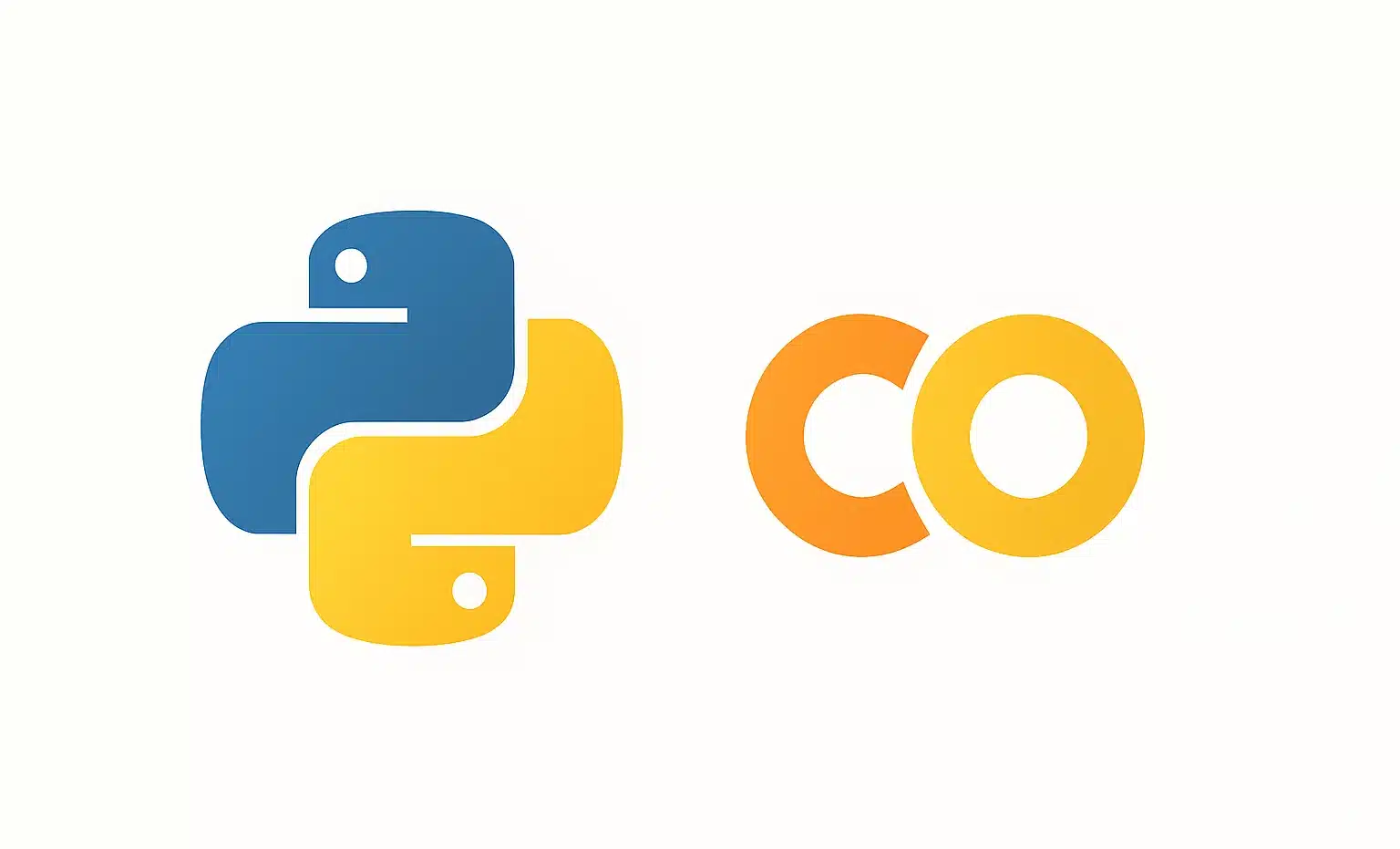The “Data Mashup” refers to the process of integrating data from various sources into a single coherent and analyzable set.
These sources may include internal databases, Excel files, social media streams (for reviews or sentiment analysis, for example), platforms like Google Analytics, or even third-party systems accessed via APIs. Unlike traditional data integration methods, which often require rigid structuring, Data Mashup is more flexible and adaptive.

The term “mashup” emerged in the media sphere over the past decade when new technologies made it easier to combine excerpts of songs, videos, or graphics from different sources to create new and diverse content. More recently, this concept has been expanded to web content applications, particularly to user-defined portals that can combine RSS feeds with other content to create a customized product.
In the technology sector, companies have started developing applications designed for businesses to blend web-based content similarly. While this approach is useful, it remains limited. It often produces a simple mosaic of images or objects, as this information is not treated as data and does not undergo further processing.
What are the advantages of Data Mashup?
This approach offers significant advantages:
- Quick access to information
The data collection and analysis process is simplified by quickly combining data from different sources. This speed allows for real-time decision-making.
- Flexibility and customization
Unlike traditional methods that require heavy and rigid pipelines, Data Mashup easily adapts to specific needs. Analysts can also create visualizations and dashboards from different data sets and adjust them according to their needs.
- Improved collaboration
When teams share access to the same enriched data, they can collaborate more effectively. For example, a marketing team can work with a sales team to analyze campaign performances across social media and conversions recorded on the website.
- A better ROI from analytical tools (return on investment)
Data Mashup maximizes the value of investments in analytical tools by centralizing data from multiple tools such as Google Analytics and CRM platforms.

Practical Application
Consider the example of an e-commerce company. It collects data on:
- Customer behaviors via Google Analytics;
- Comments and trends on social networks;
- Transaction histories in its ERP system.
By creating a Data Mashup, this company can not only identify the best-performing products but also understand how social trends influence sales and optimize its advertising campaigns for better impact.
Why is Data Mashup needed?
A question often asked before embarking on a Business Intelligence (BI) project is: “Why can’t end users simply rely on the data relationships preconfigured by the IT team?” In reality, this approach is far from realistic. Users’ data needs are constantly evolving. The role of BI is precisely to enable companies to answer any emerging question: an effective BI solution must be both specific and adaptive.
By integrating Data Mashup as a central element, companies offer end users increased autonomy. This allows them to create analyses in a sandbox-like environment, where they can explore and experiment without relying on technical teams’ processing times.
Tools for Data Mashup
Several technologies allow for the creation of Data Mashups, ranging from reporting platforms to BI (Business Intelligence) tools. Here are some popular examples:

Ideal for integrating multiple data sources and creating interactive dashboards. One of the languages used by Power BI is indeed the M language, or Mashup.

Recognized for its power in visualizing data from multiple sources.

Particularly suited for working with data from Google Analytics and other sources.

They allow for connecting various systems and integrating them into Data Mashups.
What are the challenges?
- Data quality: Data from multiple sources can be inconsistent or incomplete. Therefore, it is important to implement cleaning and validation processes (such as efficient ETL processes).
- Complexity of integrations: Although technologies have simplified Data Mashup, some integrations, especially via intelligence platforms, may still require advanced technical skills.
- Security and compliance: When sensitive data is involved, it is crucial to adhere to regulations such as the GDPR.
In Conclusion
Data Mashup is a powerful strategy for gathering and exploiting data from diverse sources. With the rise of Business Intelligence platforms and tools, this approach is becoming increasingly accessible, transforming how companies leverage their data sources. However, to fully benefit from it, it is essential to address challenges related to data quality and security.










